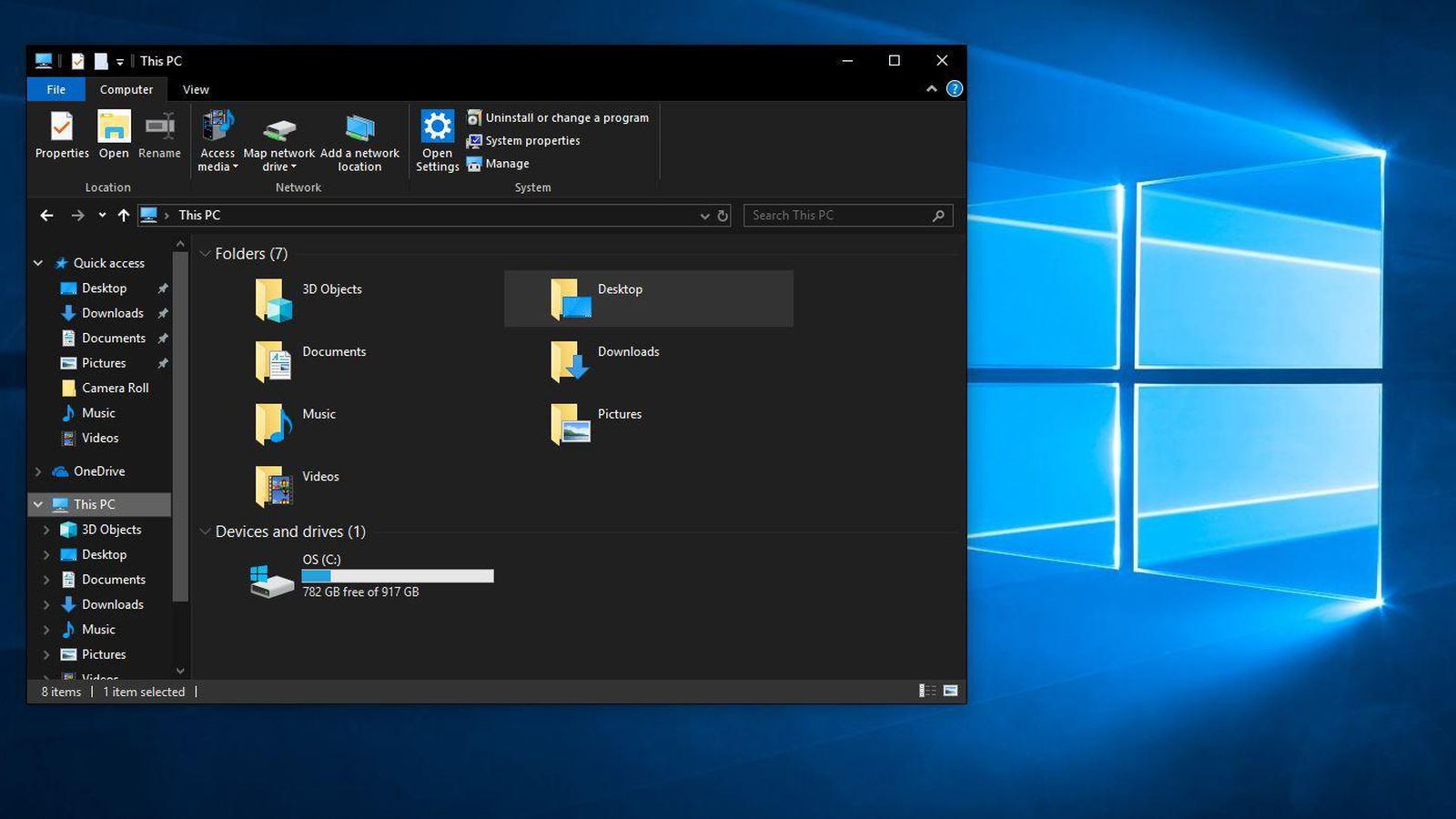Welcome to our guide on the best ways to reinstall Windows 10 without losing any data. When it comes to upgrading or reinstalling Windows 10, there are different methods that users can use. Some methods wipe your entire hard drive and reset your PC to its factory settings, which could lead to the loss of all your important data. In this guide, we will be discussing the best ways to reinstall Windows 10 without it affecting any of your data.
Step-by-Step Guide: How to Reinstall Windows 10 without Losing Data
Before we begin, it is important that you have a backup of all your important data. This is because there is always a risk of data loss when you perform a system reinstall. With that being said, here are the steps to reinstall Windows 10 without losing data:
Step 1: Create a Backup of your Data
The first step is to create a backup of all your important data. You can use external hard drives or cloud storage platforms like Google Drive. Make sure you have backed up your files to a safe location before proceeding with the reinstallation process.
Step 2: Download Windows 10
The next step is to download Windows 10 from Microsoft’s official website. You can do this by visiting the following link: https://www.microsoft.com/en-us/software-download/windows10
Once you have clicked on the link, you will be taken to a download page where you can download the Windows 10 installer. Download the installer, and save it on your computer’s desktop for easier access.
Step 3: Create a Bootable USB Drive
The next step is to create a bootable USB drive. To do this, you will need a USB drive with a minimum of 8GB storage. Insert the USB drive into your computer and format it. Once formatted, open the Windows 10 installer that you downloaded earlier and follow the instructions to create a bootable USB drive.
Step 4: Restart Your Computer and Boot from USB
After creating the bootable USB drive, restart your computer and make sure the USB drive is plugged in. Press the necessary key to enter the boot menu, which is different for each computer. Once in the boot menu, select the USB drive and press Enter to boot from it.
Step 5: Install Windows 10 without Losing Data
Once you boot from the USB drive, you will be taken to the Windows 10 setup screen. Click on “Install Now” to begin the setup process. You will be prompted to enter your product key, so enter it and click “Next”.
On the next screen, select “Upgrade: Install Windows and keep files, settings, and applications”. This will ensure that none of your data is lost during the installation process. Click “Next” to continue.
Follow the on-screen instructions to complete the installation process. This may take some time depending on your computer’s hardware. Once the installation is complete, you will have a fresh version of Windows 10 without any of the unnecessary clutter.
FAQs
Q: Will reinstalling Windows 10 delete all my data?
A: If you choose the “Keep files, settings, and applications” option during the reinstallation process, your data will not be deleted. However, there is always a risk of data loss during a reinstall, so it is important to have a backup of all your important files.
Q: Can I reinstall Windows 10 without a product key?
A: Yes, you can reinstall Windows 10 without a product key. During the installation process, you will be prompted to enter a product key, but you can skip this step and still complete the installation process. However, a watermark will appear on your desktop reminding you to activate Windows.
Conclusion
Reinstalling Windows 10 without losing any data is a simple process that can be done in a few steps. Follow this guide to ensure that you have a fresh version of Windows 10 without losing your important data. Remember to backup all your data before starting the reinstallation process, and always choose the “Keep files, settings, and applications” option to ensure that your data is not lost.
Images
 Windows 10 Installation
Windows 10 Installation
Follow these steps to ensure that you have a fresh version of Windows 10 without losing any of your important data.
 Upgrade to Windows 10
Upgrade to Windows 10
Reinstalling your operating system is necessary at times. With the right steps, you can upgrade to Windows 10 without losing any data.
 Windows 10 Installation
Windows 10 Installation Upgrade to Windows 10
Upgrade to Windows 10